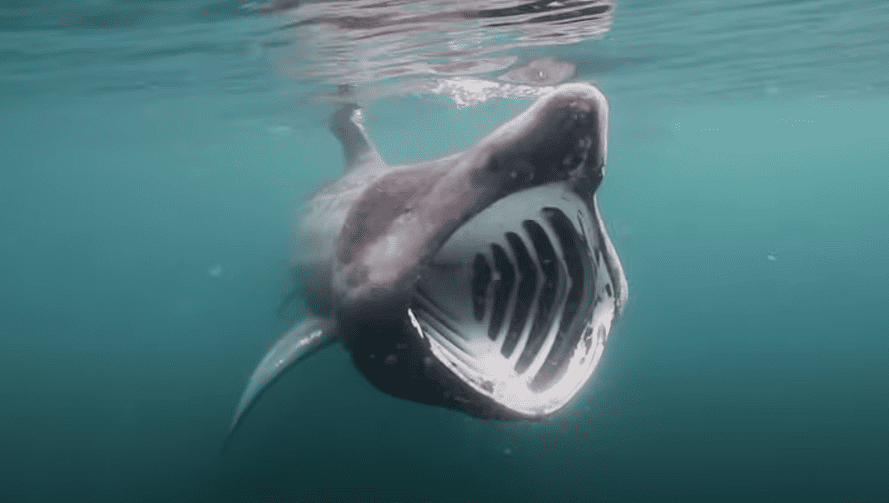Huge Sea Monster Washes Up On Shore

A morning jogger in New Brighton, UK was shocked this week when he discovered the remains of an enormous sea creature washed up on the River Mersey. The creature, which clocked in at over 15 feet in length, washed up on January 5 and quickly garnered attention from locals, who began to dub it alien in nature, even nicknaming it the New Brighton Nessie. Unfortunately for conspiracy theorists and tin foil hat-wearers across the countryside, the creature turned out to be a basking shark.
Basking Sharks
Basking sharks are not generally native to the region, though it’s not unheard of for the massive fish to wash ashore after dying in a particularly rough storm. The creature gets its name from a Greek word that means “marine monster,” a title earned by its gaping maw and exceptional size.
Though the basking shark that washed ashore this week shocked beachgoers, full-grown sharks of this variety have been known to reach 39 feet in length, meaning the New Brighton Nessie is likely just an adolescent.
Unfortunately, due to issues like overfishing and accidental entanglement, the magnificent giants have recently been ranked on the worldwide endangered list.

Images of the creature immediately began circulating on social media, with New Brighton citizens sure they had discovered some kind of unknown leviathan. Much to the shock of those who have seen the fearsome jaws of the basking shark, the creatures tend to filter feed on microscopic zooplankton, much like common whales. Despite the basking shark’s impressive size, scientists have had a very difficult time tracking and studying these creatures, meaning much of the sharks’ lives are a mystery to fishermen at this time.
From what we do know, basking sharks tend to move slowly through the water, and migrate long distances in the Winter time. They can most commonly be found off the southwest coast of England and Wales, though Winter mating patterns see the fish reaching the Azores volcanic islands off the coast of Portugal, or somewhere near Newfoundland. Unfortunately, due to issues like overfishing and accidental entanglement, the magnificent giants have recently been ranked on the worldwide endangered list.
Though the washed-up basking shark shocked locals, fishermen were able to easily spot the creature, as it has distinct physical features unlike any other aquatic lifeform of their size. These features include a second dorsal fin along their back, a small and narrow skull in comparison to their hulking frame, and the split-wide tail full of bones, which would normally be composed entirely of muscle on a whale.
Images of the creature immediately began circulating on social media, with New Brighton citizens sure they had discovered some kind of unknown leviathan.
Still, the creature is distinct enough to leave the less aquatic citizens of the region convinced that they had stumbled upon an alien from outer space or a prehistoric sea monster pulled straight from the reels of Jurassic Park.
With any luck, perhaps the recent discovery of the basking shark will raise awareness of the creatures and their shared plight, aiding in global efforts to save the gentle giants from extinction. Despite the fear and terror the shark’s massive jaws strike into the hearts and minds of those who witness the washed-up carcass, it seems that human beings are a much greater threat to the basking sharks than they are to us.
Source: Liverpool Echo












